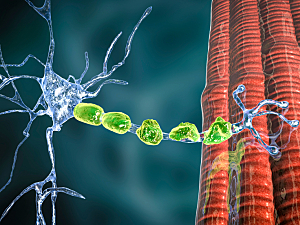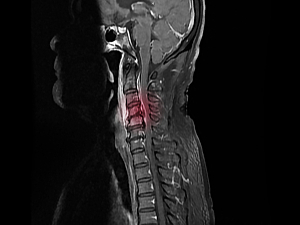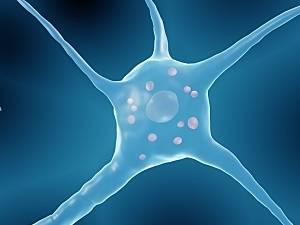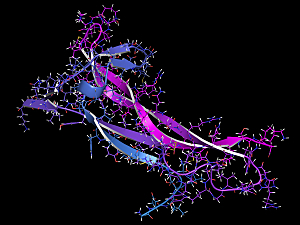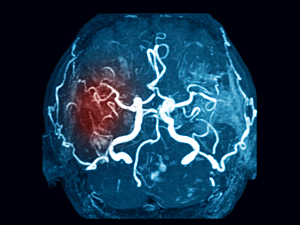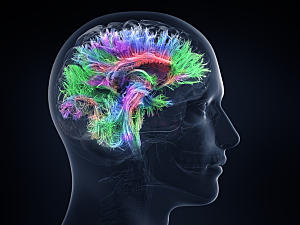Penetrating the Blood-Brain Barrier to Improve Efficiency of Gene Therapy Delivery
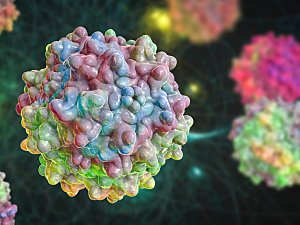
The Brigham’s Fengfeng Bei, PhD, and team have reported on a new adeno-associated virus variant that delivers gene therapy across the blood-brain barrier in non-human primates more efficiently than previously developed vehicles. It could have implications for treating neurodegenerative diseases including Alzheimer’s.
Read More...